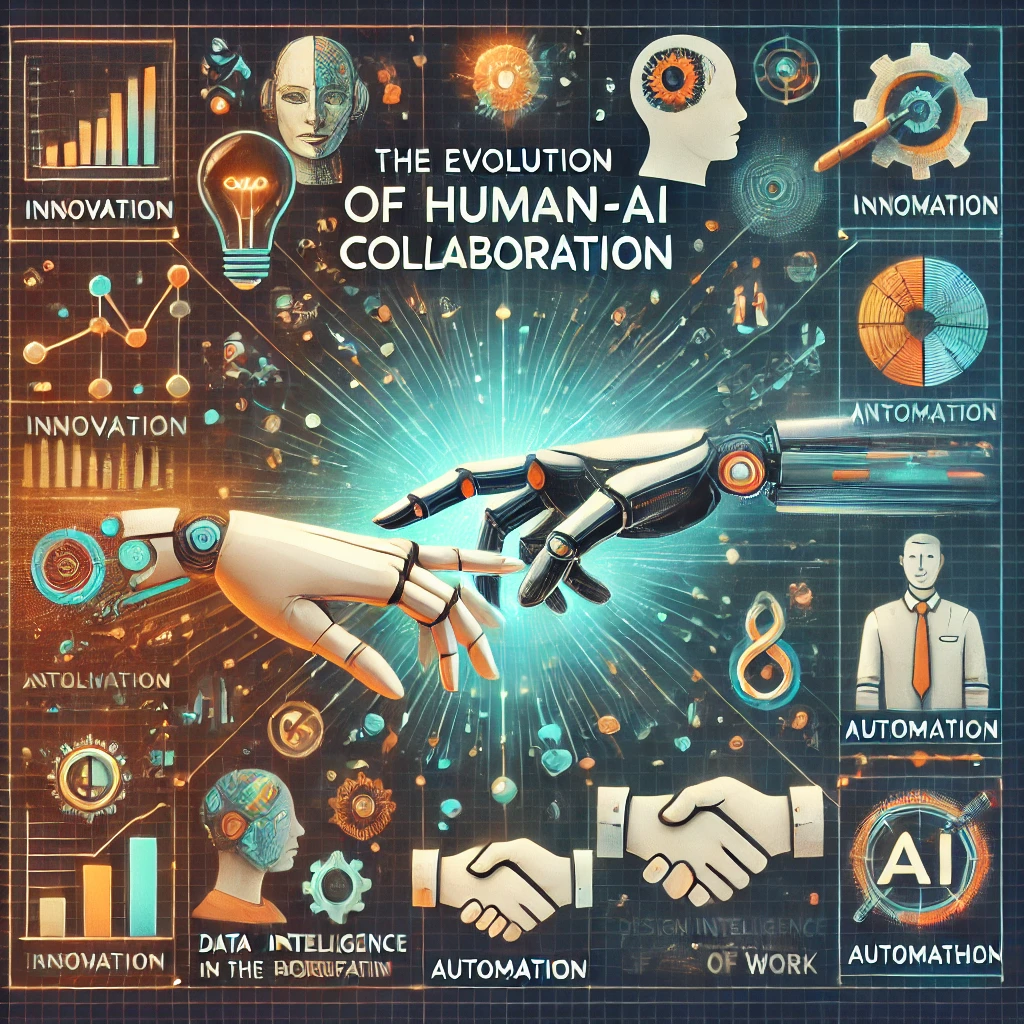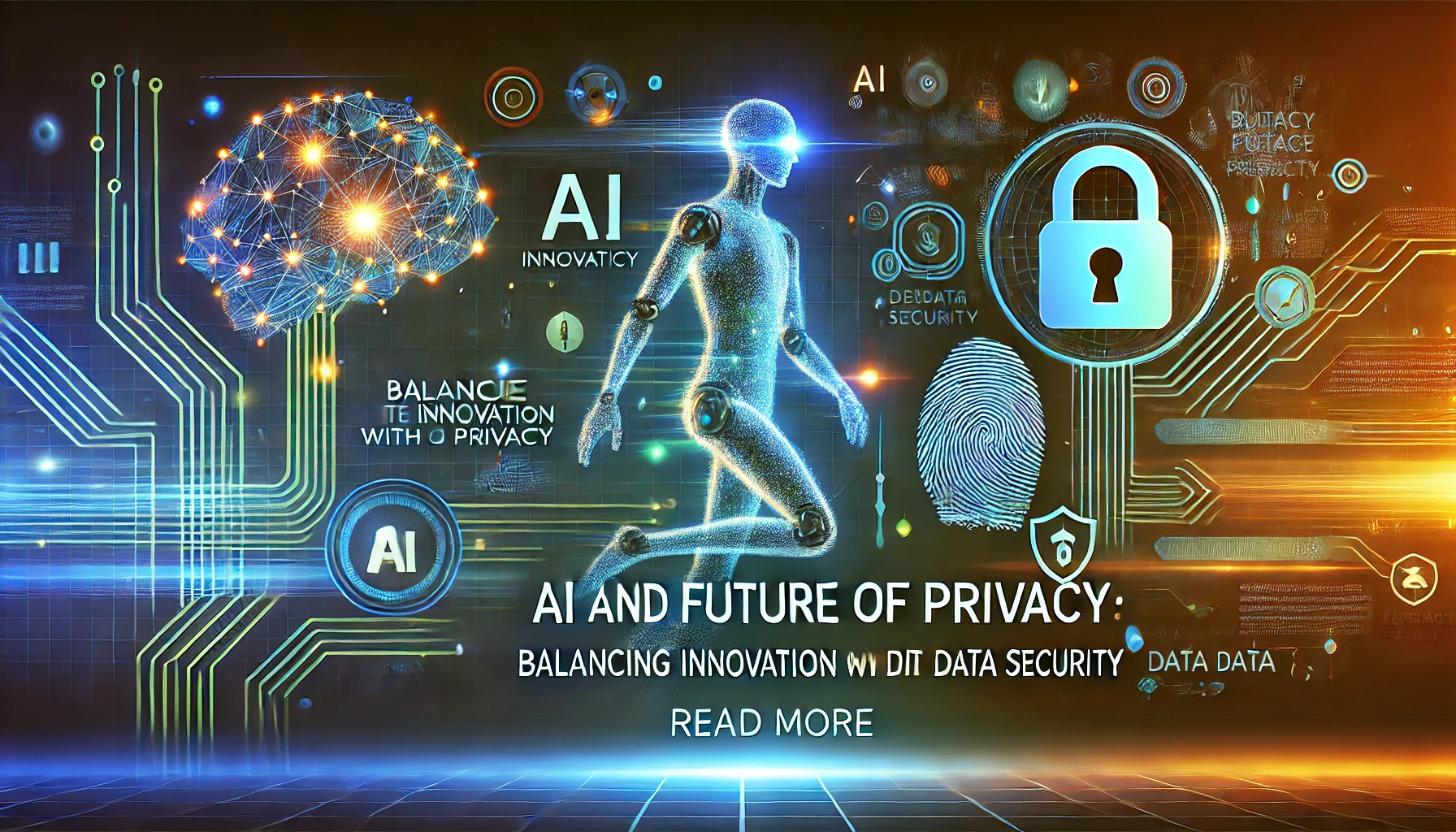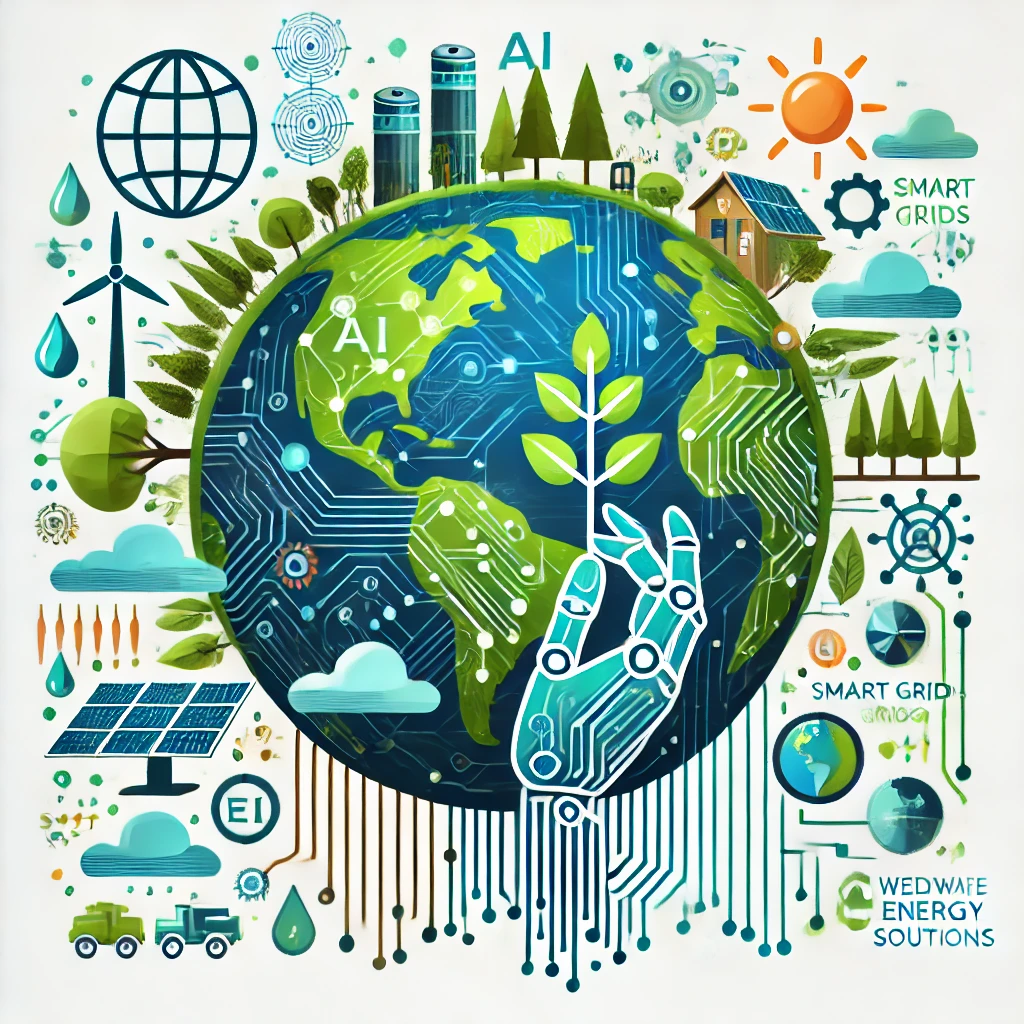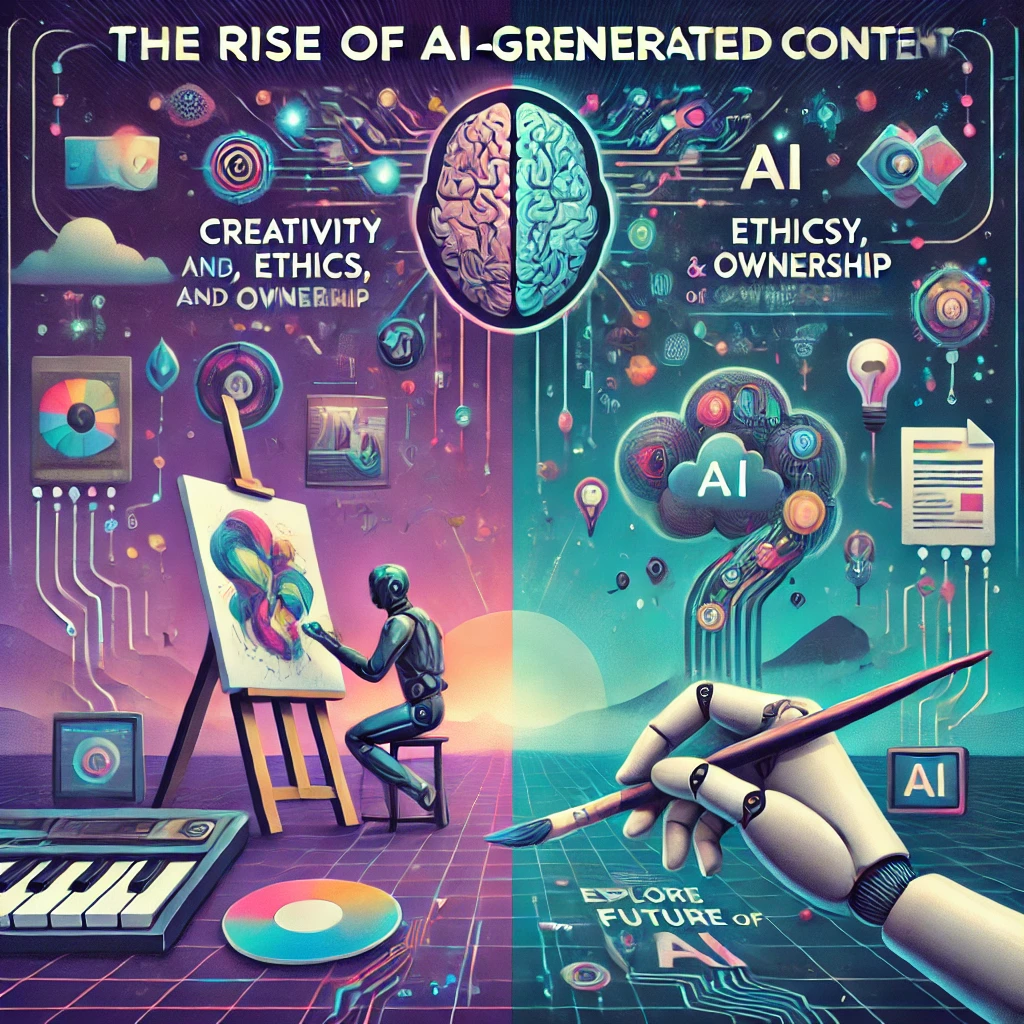The workplace is undergoing a seismic shift as artificial intelligence (AI) becomes an integral part of how we work. But rather than replacing humans, AI is increasingly being used to augment human capabilities, creating a powerful synergy known as augmented intelligence. This blog explores how human-AI collaboration is transforming industries, the benefits it offers, and the challenges it presents.
What is Augmented Intelligence?
Augmented intelligence refers to the use of AI to enhance human decision-making and problem-solving rather than replace it. Unlike artificial intelligence, which aims to operate autonomously, augmented intelligence focuses on collaboration—leveraging the strengths of both humans and machines.
For example:
- A doctor uses AI to analyze medical images and suggest diagnoses, but makes the final decision.
- A marketer uses AI to analyze customer data and generate insights, but crafts the campaign strategy.
- A designer uses AI to generate multiple design options, but selects and refines the final product.
How Human-AI Collaboration is Transforming the Workplace
- Enhanced Decision-Making
AI analyzes vast amounts of data and provides actionable insights, enabling humans to make more informed decisions. For instance:- Finance: AI detects fraudulent transactions, but human analysts investigate and take action.
- Healthcare: AI predicts patient outcomes, but doctors use their expertise to determine treatment plans.
- Increased Productivity
AI automates repetitive tasks, freeing up time for humans to focus on creative and strategic work. For example:- Customer Service: AI-powered chatbots handle routine inquiries, while human agents tackle complex issues.
- Manufacturing: AI monitors equipment performance, while technicians address maintenance needs.
- Improved Creativity and Innovation
AI tools like DALL·E and ChatGPT assist humans in brainstorming ideas, generating content, and exploring new possibilities. - Personalized Experiences
AI analyzes user data to deliver personalized recommendations, but humans design the overall experience. For example:- E-commerce: AI suggests products, but marketers design the shopping experience.
- Education: AI tailors learning materials, but teachers guide the educational journey.
Real-World Examples of Human-AI Collaboration
- IBM Watson: Assists doctors in diagnosing diseases and recommending treatments, but leaves final decisions to medical professionals.
- GitHub Copilot: Helps developers write code faster by suggesting snippets, but developers review and refine the code.
- Salesforce Einstein: Analyzes customer data to predict sales trends, but sales teams use the insights to close deals.
- Adobe Sensei: Enhances creative workflows by automating tasks like image editing, but designers retain creative control.
Benefits of Augmented Intelligence
- Better Outcomes: Combines human intuition with AI’s analytical power for superior results.
- Efficiency: Automates routine tasks, saving time and resources.
- Empowerment: Enables workers to focus on higher-value tasks.
- Innovation: Encourages experimentation and creativity.
Challenges and Ethical Considerations
While augmented intelligence offers immense potential, it also raises important questions:
- Job Displacement: Will AI reduce the need for certain roles, and how can workers adapt?
- Bias and Fairness: AI systems can inherit biases from their training data, leading to unfair outcomes.
- Transparency: How can we ensure that AI decision-making processes are understandable and accountable?
- Skill Gaps: Workers may need new skills to collaborate effectively with AI.
The Future of Human-AI Collaboration
The future of augmented intelligence is bright. Here are some trends to watch:
- AI as a Co-Pilot: AI will increasingly act as a partner, assisting humans in real-time across various tasks.
- Upskilling and Reskilling: Organizations will invest in training programs to help workers adapt to AI-driven workflows.
- Ethical AI: There will be a greater focus on developing AI systems that are fair, transparent, and accountable.
- Industry-Specific Solutions: AI tools will become more tailored to the needs of specific industries, from healthcare to manufacturing.
Conclusion
Augmented intelligence represents a new era of human-AI collaboration, where machines enhance human capabilities rather than replace them. By combining the strengths of both, we can achieve better outcomes, drive innovation, and create more fulfilling work experiences.
However, realizing the full potential of augmented intelligence requires addressing challenges like bias, transparency, and workforce adaptation. With the right approach, we can build a future where humans and AI work together to solve complex problems and unlock new possibilities.



